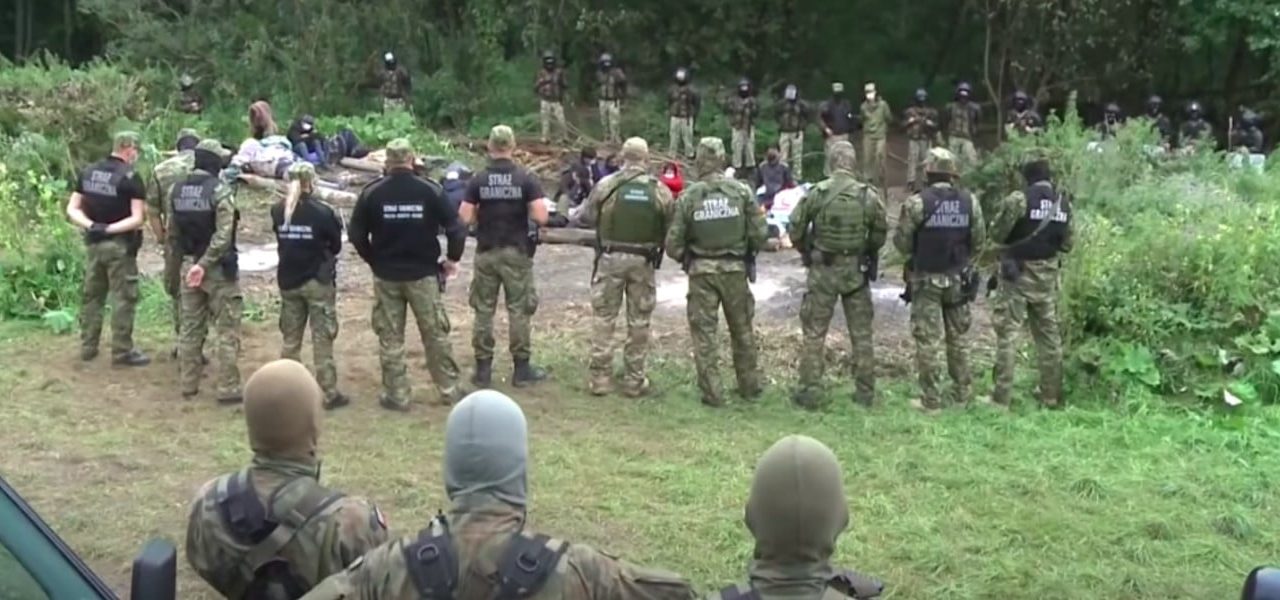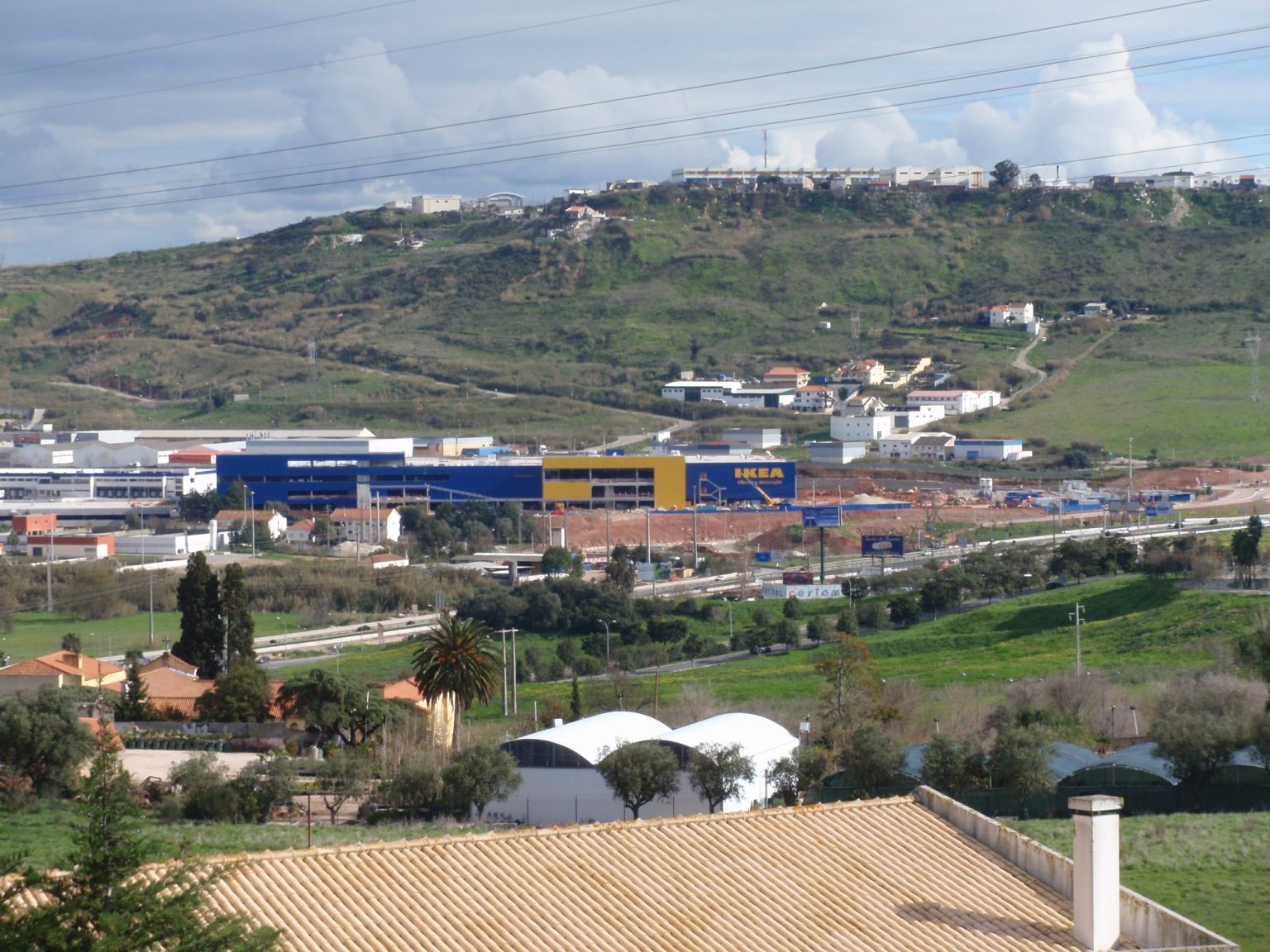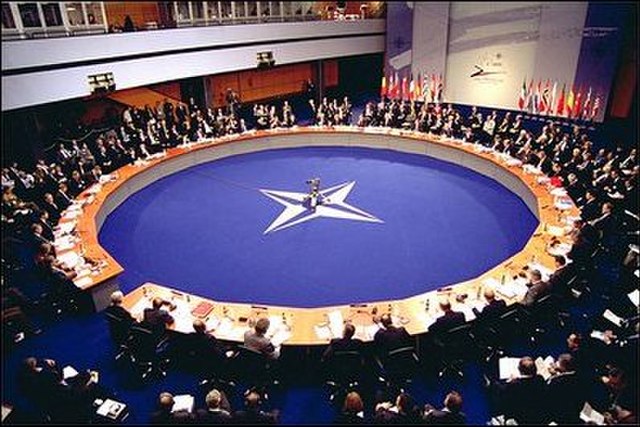In early August, the government of Latvia declared a state of emergency on the border with Belarus. Included in this measure was a decision to not accept any asylum claims. While the emergency measure is formally time-bound until November, the decision was nonetheless extreme. It was clearly made as part of a reaction to the events in Lithuania, where since July more than 4000 people have crossed the border. Fearing similar pressures, the Latvian government reacted with a kind of swiftness unseen during the pandemic, when seemingly every decision was made too late. Yet now, all of a sudden, the government is steadfast in its stance that no illegal border-crossings should be permitted, that a border wall or fence has to be erected and that these activities constitute an international duty Latvia has toward its EU and NATO brethren. The government ordered border guards to ‘turn people away’ or ‘instruct people to return’ and used other such euphemisms for what has effectively become a procedure of push-backs. A month has now passed and the tension appears to be stagnating. Yet the contours of Latvia’s political environment have crystallized more clearly than ever.
What seemed most surprising was the lack of polarisation on the issue within Latvian society. In the 2015 migration crisis, the fault lines were clearly articulated as the conservative segment assumed the ethos of nationalism while the liberal side insisted on the moral duty to assist those in need. To be fair, the liberal side always appeared as a minority and unable to engage the arguments of the nationalist-conservative camp. Since the basis of the Latvian state is ethnic Latvians whose identities are shaped through the logic of descent, any influx of foreigners is seen as an existential threat to the very fabric of society. Genuine kinship with the state is determined by proof that one’s ancestors also used to live on the same territory and thus foreigners can never truly and meaningfully become Latvian. Sure, they can learn Latvian and learn the history and acquire citizenship, but in the eyes of most people, their Latvian-ness will always be questioned. The liberal side failed to understand this and could not offer an alternative and compelling vision for the basis of the state. All they could do was appeal to common human decency and morality.
Yet as the crisis subsided, it almost appeared like the liberal side won. Some refugees were accepted for resettlement, a national action plan was devised and put into action, and the political system of integration of third country nationals, including beneficiaries of international protection, assumed some kind of structured reality. Development has been slow, but there has certainly been some development. However, the sudden escalation of the movement of people on the Latvian/Belarussian border – no doubt, instigated and facilitated by A. Lukashenko – has revealed the extent to which the nationalist-conservative sentiment reigns supreme.
In the early summer of 2021, a Cabinet reshuffle meant that the Ministry of Interior was given to the ostensibly and openly liberal party candidate who has historically worked on migration issues. For the first time, it really seemed like the politics of integration would be shaped by a Minister who does not perceive immigrants as an unwelcome headache. But a couple of months later, the same Minister led the decision to impose extreme measures in the border region that contravened human rights. There was no political voice of opposition; the governing coalition evinced an admirable unity as for the first time, in what seemed like years, there was no internal dissent on the appropriate course of action: close the border; build a wall; do not accept any asylum claims; push people back to Belarus. In public discussions, the nationalist politicians jumped at the opportunity to call these people ‘migrating animals’ and ‘potential terrorists, criminals’, while the liberal party members did not even attempt to object to such language. Almost overnight, the liberal constituency just evaporated in the face of hauntingly threatening Lukashenko tactics and society hurrahed along. It did not matter that human rights were being violated and that children were left in a forest for weeks: it was all Lukashenko’s doing and Latvia could not assume responsibility for people that had gotten themselves in this mess of their own doing. When a handful of NGOs protested, the liberal minister did try to walk the moral line by suggesting some people will be accepted based on the assessment of their medical needs. But, taken broadly, the line between the conservative and the liberal camp has effectively dissolved, at least on this issue. This may be a sign of a future political consensus in the country.
It is interesting to look at what holds this consensus together. Until now, the reason given by the Ministry and adopted by nearly every participant in the discussion regarding the violation of human rights is the deployment of hybrid-war tactics by Lukashenko. It is because we are in a state of hybrid-war – the argument goes – that extreme measures are justified. The force of the argument is unparalleled. It seems like no measure would be too extreme (and what can be more extreme than an open disregard for human life?) if made under conditions of a hybrid-war. The apparent common sense of this discourse escapes its absurdity. What, after all, is a hybrid-war if not old-fashioned war called by another name? The term enjoyed surging popularity after Russia’s unconventional military tactics in the Crimean region, when it used discursive and optical illusions to attain its military goals. Russia knew that part of the war game is playing with signs – like the use of unmarked uniforms – which enabled it to claim one thing while doing the opposite. Curiously, it also enabled the other side, the apparent defenders of democracy, to not actually do very much – since war was not formally announced, any means of war would be unjustified.
Yet it is hard to ignore the fact that every war situation ever has included non-violent, non-confrontational, cunning tactics based on deception, lying, spying, pretence, corruption, etc. Every war has always been a kind of hybrid-war rendering the term simply dubious. What’s more – it does not have a juridical status, at least not in the national legislation. Legally, there is only war or peace – nothing in between. This is not to deny that there has been considerable scholarly and military attention paid to the term. One can scroll through all kinds of interesting academic arguments about what constitutes hybrid-war. However, in the present, this is not an academic debate. Very real and practical political decisions are made on the basis of the belief that the country is in this strange, twisted situation of war that cannot be called a war.
As a result, a hybrid-space opens up where new forms of legality emerge unpegged from the conventional legal framework that an official the state of emergency permits. It becomes possible to simply prohibit journalists and NGOs from going near the border region on the basis of unspecified security concerns. Thus, the fact of hybrid-war itself becomes impossible to report on since no independent observations of it can be made. The government becomes the sole purveyor of information. It even becomes involved in the use of hybrid-war tactics itself: in late August, tens of people who were stuck on the border between Latvia and Belarus suddenly disappeared, notably before the arrival of UNHCR representatives. The Minister of Defence gave a cryptic message to the press, saying ‘we showed them how to get where they wanted’ implying organised quasi-military activities in the territory of Belarus. What were these activities? No one really knows. No one can really ask and expect a meaningful answer because the veil of hybrid-war protects the authorities. More alarmingly – no one really wants to know.
There is no denying that Lukashenko is purposefully trying to destabilize his neighbours. What is surprising, though, is the way countries like Latvia and Lithuania have countered the risk of destabilization: by erasing their liberal ambitions. As history shows, it is precisely the marriage between the liberal and the far-right constituency that lays the seeds of fascism. Fascism thrives on the seeds of silence and the discourse of the ongoing ‘hybrid-war’ has rendered communication impossible. Since almost anything can be lumped under the term, signs are divorced from their referents, information asymmetries are established and anyone objecting to the definition of the situation as provided by the state can be classified as a traitor.
The liberal has already merged with the conservative in every major economic policy aspect. It is increasingly looking like other policy domains will be affected too. In the case of Latvia, some of this development is explained with parliamentary elections coming up next year: clearly, the liberal camp fears losing its potential electorate with any suggestion it might demonstrate some decency and adherence to international law. In addition, the management of the pandemic has obliterated trust in Latvia’s political institutions, and so an issue like this is probably a godsend for many politicians who can ramp up their ratings with hateful rhetoric. However, beneath all this, it appears that a structural change is underway that will draw new outlines of the country’s political environment. The mood is shifting increasingly toward an authoritarian illiberalism which we are witnessing elsewhere in Eastern Europe.
What does this mean for any potential left-wing strategy? Counter-intuitively, it may actually become a unique opportunity to generate support and build lasting political structures. One of the main challenges of the last couple of years faced by the budding left-wing networks was the compelling opportunity of joining forces with liberal parties in order to sit at the table where decisions are made. Yet this was also their potentially suicidal move, as the more experienced liberal politicians would use their situated knowledge to outsmart and marginalise the left-wing members. However, right now, any kind of shared platform seems to be out of the picture which will help solidify the identity of the left-wing party. It becomes an opportunity to demonstrate that politics is ultimately about principles and values rather than just interests. After all, it is nothing too controversial to insist that Latvia should abide by international law in the case of the situation on the border. If the situation does become more tense as more people are pushed toward the EU, it should immediately be defined as a European issue and policy should be passed at the highest possible level to make sure people weaponised by Lukashenko are adequately supported.
Migration is clearly one of the policy areas that the Left has struggled with. Much like the liberals, their solutions to such crises are framed in the language of morality and rights. However, the strategy of moralising people that disagree with the basic tenets of the liberal-left position will clearly backfire – shaming will produce resentment. At the same time, the Danish solution of making the Left more nationalistic than the Right seems to violate essential political principles of the Left. What is broadly at stake here – as signalled above – is the need for a vision that outlines a new, progressive foundation of the nation-state. Is it possible to conceptualise countries like Latvia no longer as ethnic societies, but ones that ground their identity in territory or in political institutions or industry? Is it possible to recalibrate nationalist discourse on the basis of open and fluid ethnicity, one that positively engages with difference rather than intuitively turns away from it? On this philosophical level, the Left does not seem to have clear answers. Yet it is precisely on these issues that opportunity rests: only by eschewing the moralising tone of the centre and the hateful sentiment of the Right while articulating a political vision of generous social relations can the Left rise from its marginality.
Photo: On the Polish-Belarussian border (source: YouTube)
The Barricade is an independent platform, which is supported financially by its readers. If you have enjoyed reading this article, support The Barricade’s existence! See how you can help – here!
Also, you can subscribe to our Patreon page. The Barricade also has a booming Telegram channel, a Twitter account and a YouTube channel, where all the podcasts are hosted. It can also be followed in Rumble, Spotify, SoundCloud and Instagram.











